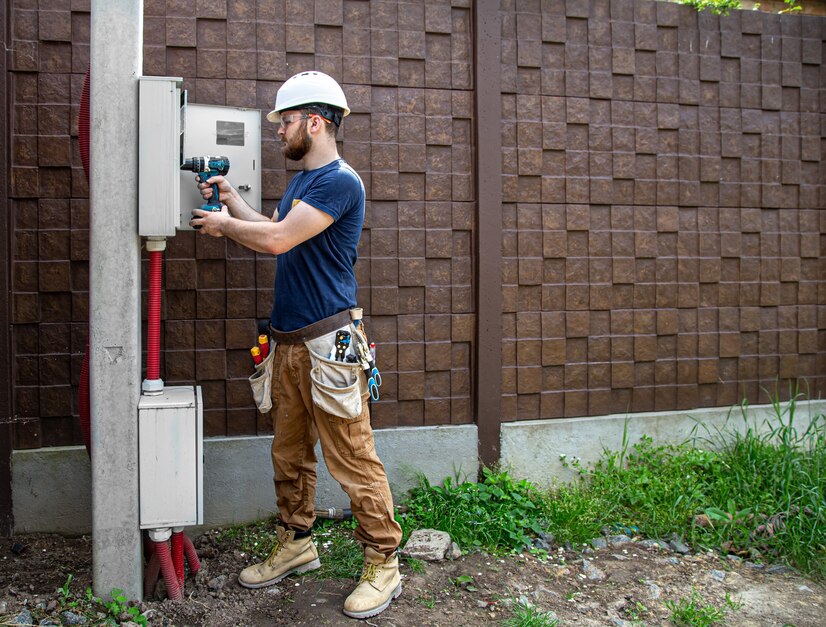There are many appealing aspects to “older homes,” though the debate often arises regarding their definition. For some, any previously inhabited home qualifies as “old,” while others reserve the term for structures predating John F. Kennedy’s presidency.
Concerning electrical matters, distinguishing factors become evident. Certain homes constructed between the early 1950s and late 1970s utilized aluminum wiring, whereas copper has since become the standard.
If you’re questioning whether your “older home” requires electrical repairs or upgrades, consider its construction date and watch for telltale signs necessitating immediate attention from licensed Chico electricians.
It’s crucial to recognize that neglecting electrical issues poses significant safety risks. According to the Electrical Safety Foundation International, home electrical fires cause approximately 51,000 incidents annually, resulting in around 500 fatalities and over 1,400 injuries.
Understanding why aluminum presents fire hazards is essential. Compared to copper, aluminum’s properties contribute to loose connections, potentially leading to overheating and fire, as noted by the International Association of Certified Home Inspectors. These include its susceptibility to oxidation, softness, expansion, contraction, and vibration.
Recognizing warning signs is imperative. Homeowners should promptly inspect their wiring, particularly if it’s aluminum. Look for indications such as smoke, sparks, odors, discoloration, warmth, buzzing sounds, tingling sensations, frayed wires, loose connections, dim or flickering lights, tripping circuit breakers, and ungrounded or insufficiently grounded outlets.
Ensuring electrical safety in older homes requires vigilance and prompt action to address potential hazards and safeguard against accidents and injuries.

